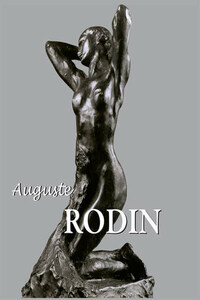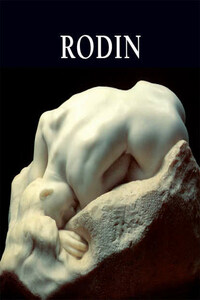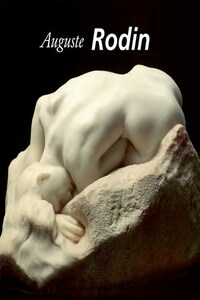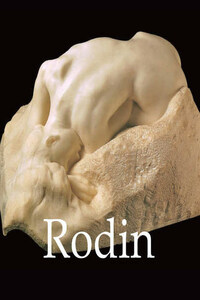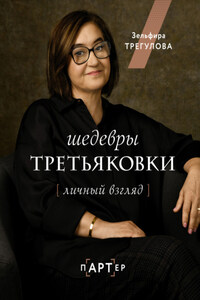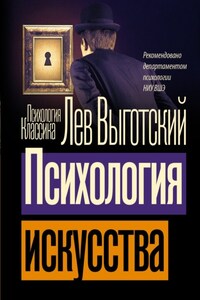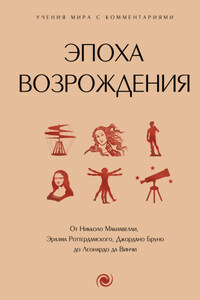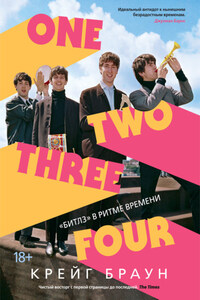The Poet’s Tribute to the Great Sculptor
“Writers work with words, sculptors with actions.”
– POMPONIUS GAURICUS: DE SCULPTURA (circa 1504)
“The hero is he who is immovably centered.”
– RALPH WALDO EMERSON
Rodin was solitary before he was famous. And fame, when it arrived, made him perhaps even more solitary. For in the end, fame is no more than the sum of all the misunderstandings that gather around a new name. There are many of these around Rodin, and clarifying them would be a long, arduous, and ultimately unnecessary task. They surround the name, but not the work, which far exceeds the resonance of the name, and which has become nameless, as a great plain is nameless, or a sea, which may bear a name in maps, in books, and among people, but which is in reality just vastness, movement, and depth.
The work of which we speak here has been growing for years. It grows every day like a forest, never losing an hour. Passing among its countless manifestations, we are overcome by the richness of discovery and invention, and we can’t help but marvel at the pair of hands from which this world has grown. We remember how small human hands are, how quickly they tire and how little time is given to them to create. We long to see these hands, which have lived the lives of hundreds of hands, of a nation of hands that rose before dawn to brave the long path of this work. We wonder whose hands these are. Who is this man?
His life is one of those that resists being made into a story. This life began and proceeded, passing deep into a venerable age; it almost seems to us as if this life had passed hundreds of years ago. We know nothing of it. There must have been some kind of childhood, a childhood in poverty; dark, searching, uncertain. And perhaps this childhood still belongs to this life. After all, as Saint Augustine once said, “where can it have gone? It may yet have all its past hours, the hours of anticipation and of desolation, the hours of despair and the long hours of need.”
This is a life that has lost nothing, that has forgotten nothing, a life that amasses even as it passes. Perhaps. In truth we know nothing of this life. We feel certain, however, that it must be so, for only a life like this could produce such richness and abundance.
Rodin in his Studio.
Photograph.
Musée Rodin, Paris.
The Gates of Hell, 1880–1917.
Plaster, 600 × 380 × 97.5 cm.
Musée Rodin, Paris.
Third maquette for The Gates of Hell, 1880.
Plaster, 109.8 × 73.7 × 28.5 cm.
Musée Rodin, Paris.
Only a life in which everything is present and alive, in which nothing is lost to the past, can remain young and strong, and rise again and again to create great works. The time may come when this life will have a story, a narrative with burdens, episodes, and details. They will all be invented. Someone will tell of a child who often forgot to eat because it seemed more important to carve things in wood with a dull knife. They will find some encounter in the boy’s early days that seemed to promise future greatness, one of those retrospective prophecies that are so common and touching. It may well be the words a monk is said to have spoken to the young Michel Colombe almost five hundred years ago:
“Work, little one, look all you can, the steeple of Saint Pol, and the beautiful works of the Compagnons, look, love God and you will be grace of grand things.”
And the grace of great things shall be given to you. Perhaps intuition spoke to the young man at one of the crossroads in his early days, and in infinitely more melodious tones than would have come from the mouth of a monk. For it was just this that he was after: the grace of great things. There was the Louvre with its many luminous objects of antiquity, evoking southerly skies and the nearness of the sea. And behind it rose heavy things of stone, traces of inconceivable cultures enduring into epochs still to come. This stone was asleep, and one had the sense that it would awake at a kind of Last Judgment.
Project for The Gates of Hell, c. 1880.
Graphite touched up with pen and ink (sketch for the composition), 30.5 × 15.2 cm.
Musée Rodin, Paris.
The Gates of Hell (detail), 1880–1917.
Bronze.
Musée Rodin, Paris.
The Gates of Hell (detail), 1880–1917.
Bronze.
Musée Rodin, Paris.
The Gates of Hell, 1880–1917.
Bronze, 635 × 400 × 85 cm.
Musée Rodin, Paris.
There was stone that seemed in no way mortal, and other stone that seemed in motion, gestures that remained entirely fresh, as if they were preserved here only to be given one day to a passing child. And this vitality was not limited to the famous works, to those visible to all. The unseen, small, nameless, and seemingly superfluous works were no less filled with this deep inner force, with this rich and astonishing disquiet of life. Even the stillness, where there was stillness, consisted of hundreds of motive moments held in equilibrium. There were small figures, especially animals, moving, stretching, or crouching, and even when a bird sat still, one knew very well that it was a bird, for the sky issued forth and surrounded it, a breadth was apparent in the smallest folds of its wings, which could spread to astonishing size.
